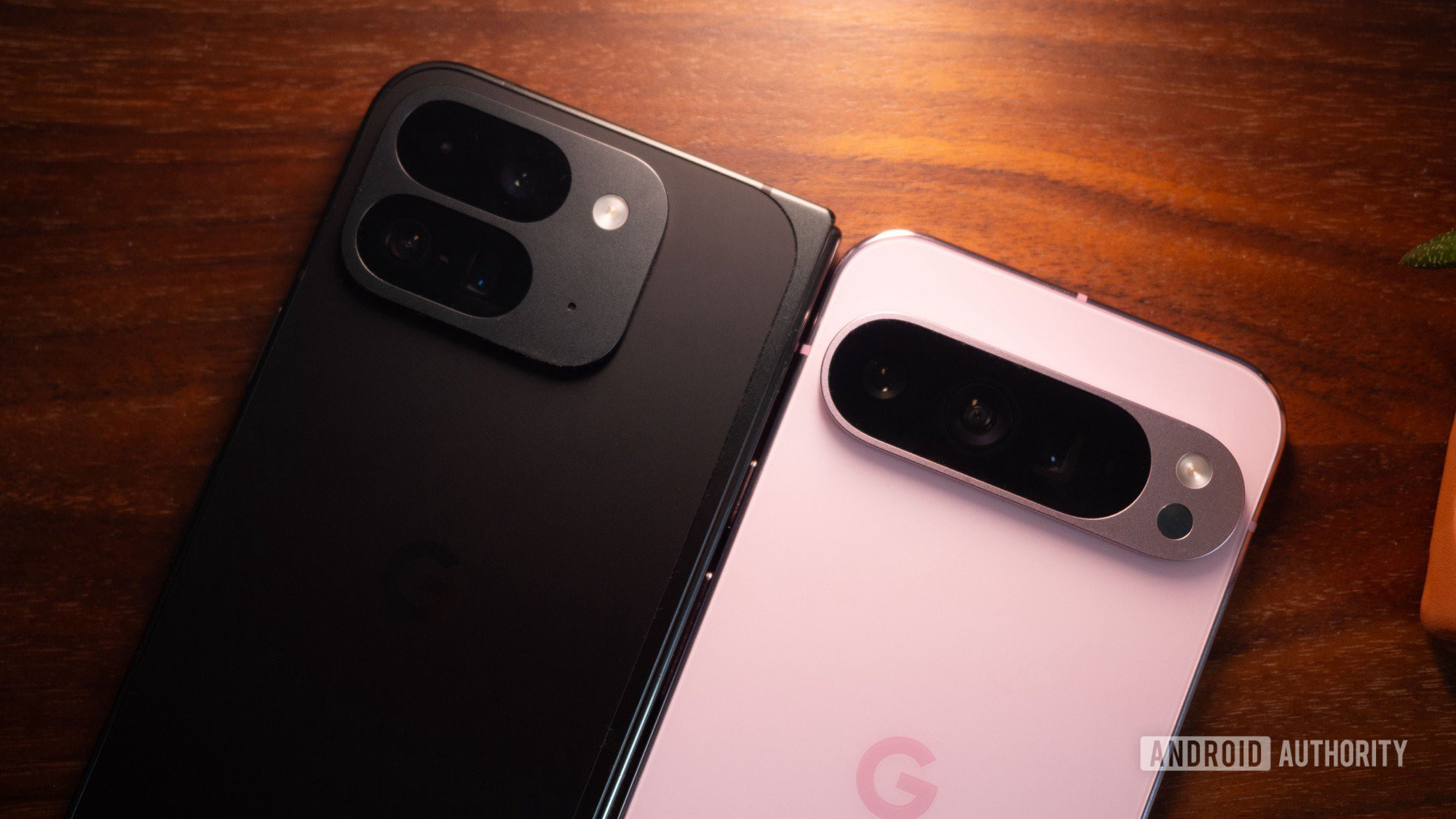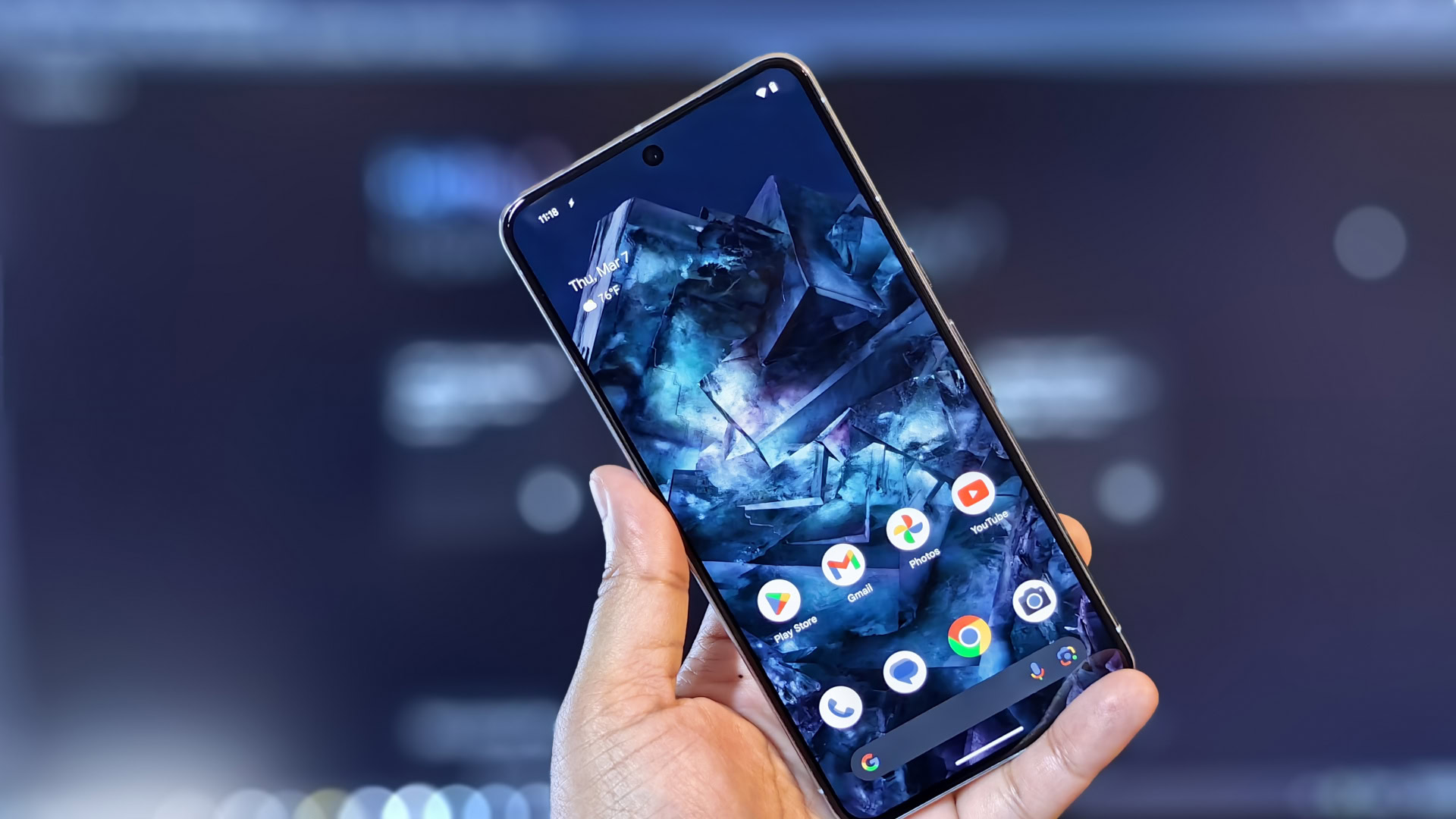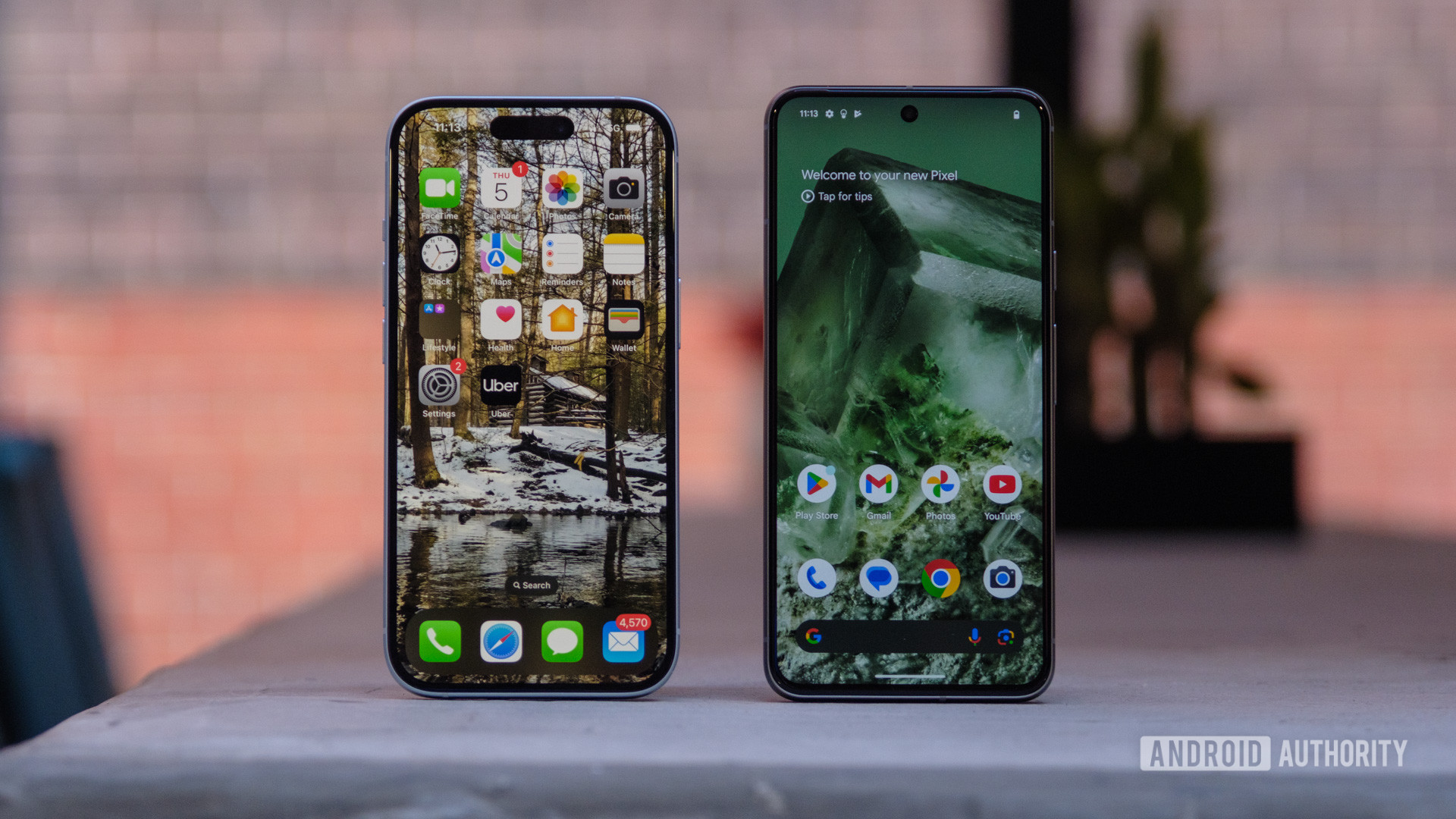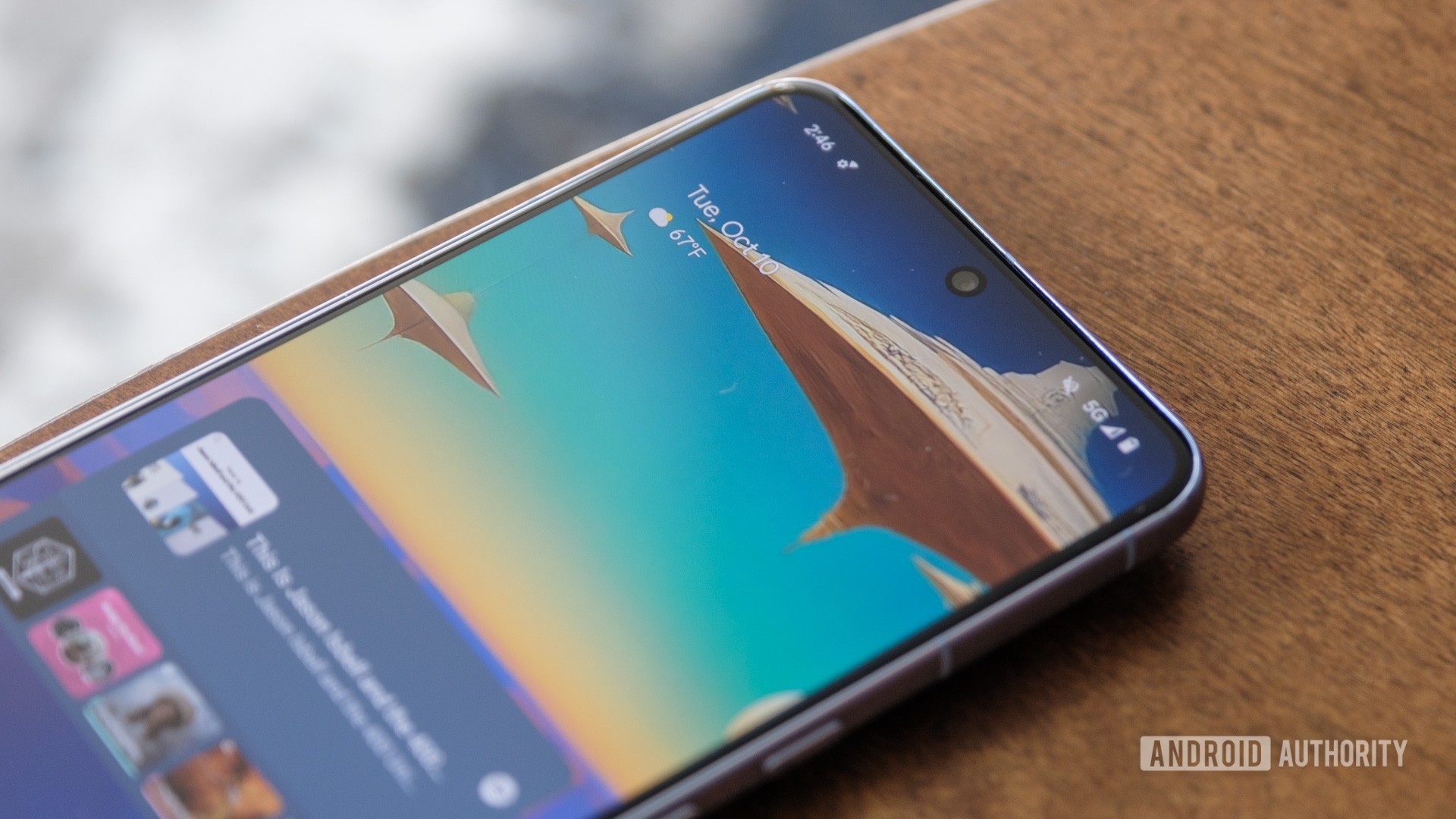Affiliate links on Android Authority may earn us a commission. Learn more.
What is Google's Super Actua display on the Pixel? Is it just a marketing gimmick?
Published onDecember 13, 2024

Starting with the Pixel 8 series and continuing with the Pixel 9 series to this day, Google began marketing its displays under the Actua and Super Actua branding. Unlike prior Pixel releases, Google has gone beyond just using industry-standard terms like OLED or LTPO to describe its displays. As eye-catching as “Actua” might seem, however, it’s not very descriptive if you’re trying to compare it against rival smartphone displays. So in this article, let’s delve into the technical specs behind the Pixel 8 series’ Actua and Super Actua displays and what it means for you.
What is a Super Actua display?

Google’s Super Actua branding refers to the Pixel 8 and 9 Pro’s ability to ramp up its display to very high brightness levels without sacrificing color vividness or clarity. The base Pixel 9’s Actua display shares these traits too, but notably offers a lower resolution and reduced peak brightness. Put simply, these displays offer outstanding outdoor visibility under direct sunlight.
Manufacturers of flagship smartphones seek panels that can deliver high resolutions, refresh rates, and brightness levels. However, marketing these specifications via billboards or short TV commercials can be challenging. For proof of this fact, look no further than Apple’s Retina Display branding, which debuted alongside the iPhone 4 all the way back in 2010. The company knew that it needed a way to market its display as better than the competition and the term Retina achieved that goal perfectly.
The Pixel 8 Pro’s Super Actua display is Google’s attempt at following the same strategy. Its closest analog would be Apple’s Super Retina XDR display, which you’ll find in the iPhone 16 Pro. Likewise, Samsung uses the Dynamic AMOLED 2X branding on its flagship phones like the Galaxy S24 Ultra.
Super Actua vs Dynamic AMOLED vs Retina XDR: What’s the difference?

The Pixel 9 and Pixel 9 Pro feature some of the best displays we’ve ever seen on any smartphone, Google-made or otherwise. Here’s a quick look at how these displays compare against the competition, with an emphasis on the flagship Pro model’s Super Actua display.
- The Pixel 9 Pro and Pro XL pack LTPO display technology, which means they can ramp down their refresh rate from 120Hz to 1Hz. This can lend itself to battery savings while viewing static content.
- The efficiency gains are important because the Pixel 9 Pro’s Super Actua display maxes out at 3,000 nits of peak brightness. And in HDR content, it can achieve 2,000 nits.
- The Pixel 9 Pro’s 1280 x 2856 display resolution is on par with that of the iPhone 16 Pro Max and Galaxy S24 Ultra.
- The last-gen Pixel 8 Pro’s Super Actua display can still reach an impressive peak brightness of 2,400 nits. That’s technically higher than the 1,750 and 2,000 nits that Samsung and Apple claimed for their respective flagship smartphones in 2023.
- Independent testing has revealed that the Pixel 8 Pro’s display is significantly more efficient than prior generations and competitors at the same brightness levels. This efficiency stems from the use of newer OLED materials.
All in all, the Super Actua display either matches or exceeds the cutting-edge displays we’ve come to expect from Samsung and Apple flagship smartphones. That said, we might see the Galaxy S25 series swing the crown back in Samsung’s favor. Likewise, the OnePlus 13 claims an eye-popping peak brightness figure of 4,500 nits, far beyond even the Super Actua display.
Super Actua display: Is it just a marketing gimmick?

Google’s Super Actua display thankfully isn’t just a marketing gimmick. The company has put in some effort to source cutting-edge panels from Samsung Display. Likewise, the presence of LTPO technology and top-end brightness figures make it a clear upgrade over prior generations and less expensive smartphones.
Having said that, I don’t believe anyone should buy the Pixel 9 Pro over another flagship because of its Super Actua display alone. As long as you’re shopping at the same price point, rival smartphone displays will also offer features like a Quad HD resolution and 120Hz refresh rates. Now that smartphone hardware has matured, we will likely see manufacturers engage in a rather pointless brightness war. However, the real world difference will be marginal at best.
One could argue that the Super Actua display’s energy efficiency cements it as a winner vs. other flagships. However, those savings are somewhat negated when you factor in the Pixel 9’s Tensor G4 chip, which can sip more power than the competition under load. As with most other specs then, we’ll have to wait and see if Google can one-up everyone else again next year.